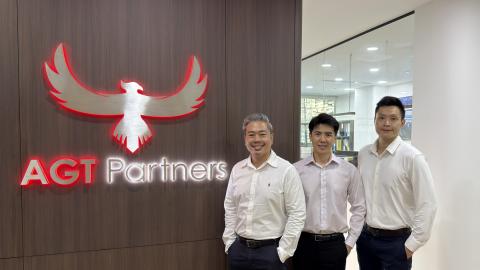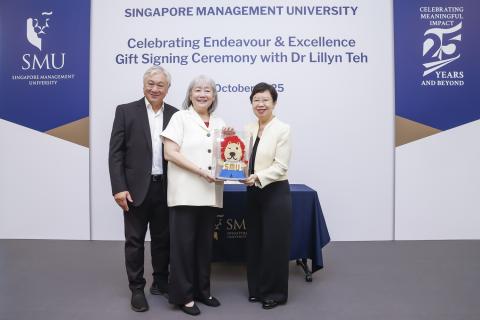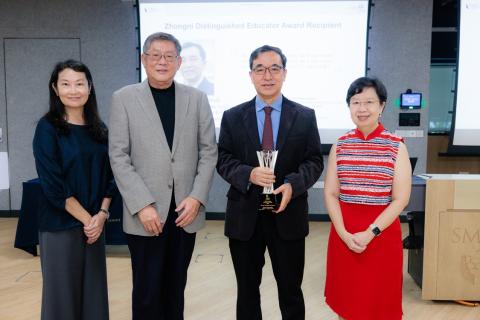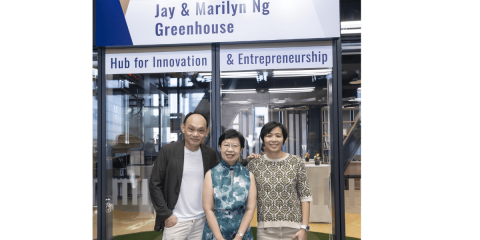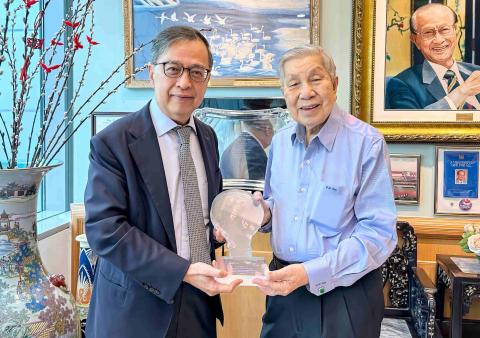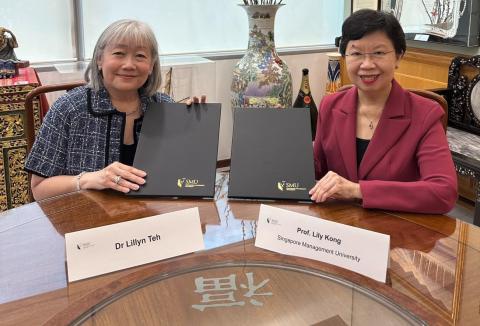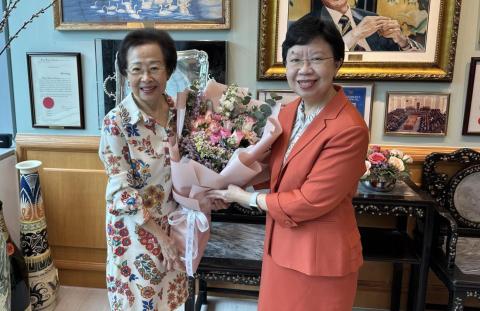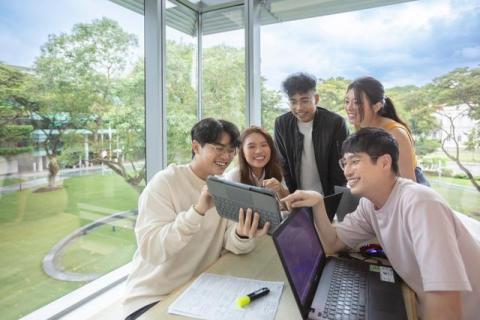SMU launches book “Building Excellence in Higher Education: Singapore's Experience” by Professor Emeritus Arnoud De Meyer
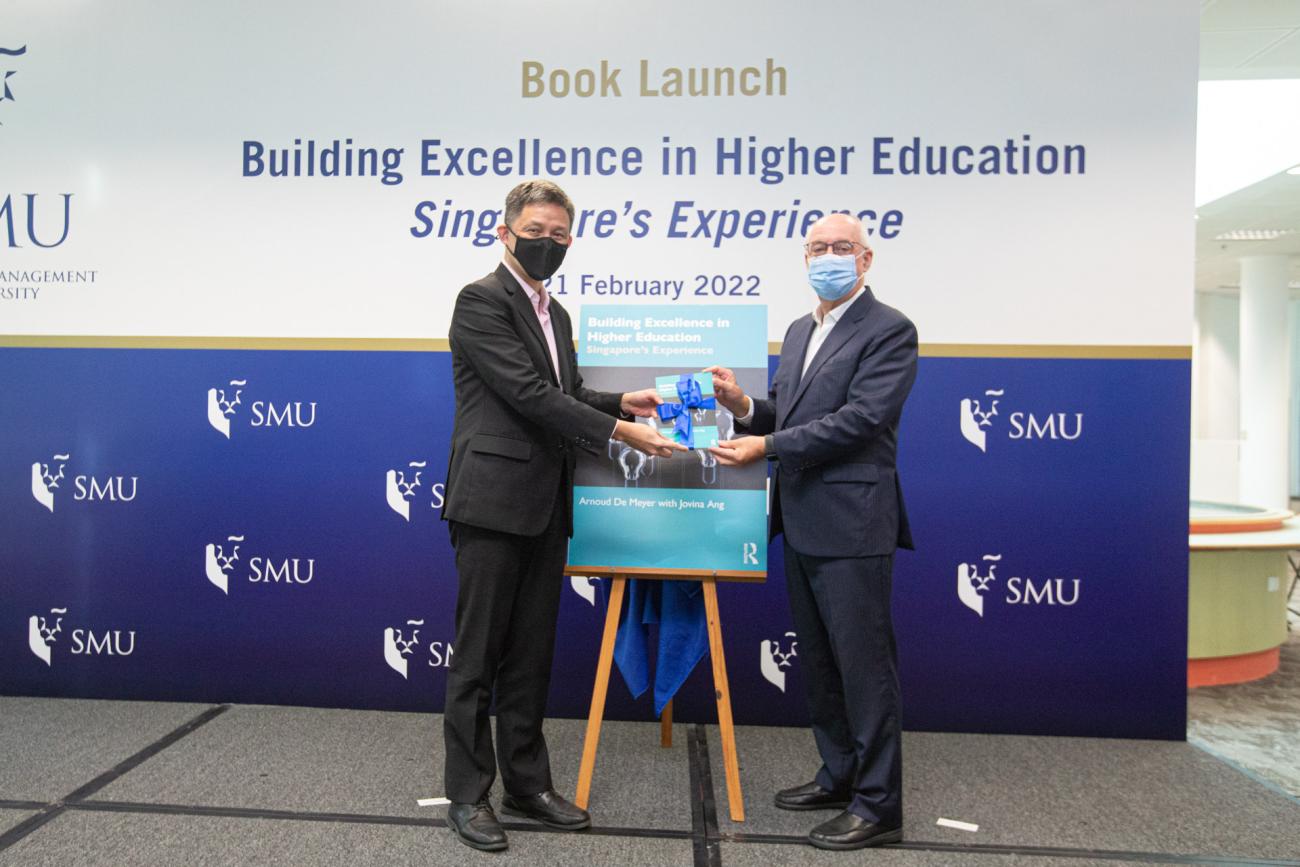
In 2018, Professor Emeritus Arnoud De Meyer, then President of the Singapore Management University (SMU), reflected on the fact that Singapore had built an excellent and diverse system of higher education in less than 30 years in a conversation with the Ministry of Education (MOE)’s Permanent Secretary Lai Chung Han, Minister Ong Ye Kung and some colleagues. Shortly after, he received an invitation from MOE to document the system of university education in Singapore. He accepted the challenge and went on to collect primary research from more than 30 interviews and conversations with the decision-makers and leaders in higher education in Singapore and in-depth desk research, together with the support of Dr Jovina Ang, who is his co-author of the book, “Building Excellence in Higher Education: Singapore's Experience”.
The book which proposes five major drivers behind Singapore’s success and provides recommendations for the future in Singapore’s higher education landscape was officially launched on 21 February 2022 at the SMU Li Ka Shing Library. The hybrid event which saw 50 guests at the venue was graced by Minister of Education, Mr Chan Chun Sing. SMU Provost, Professor Timothy Clark gave the Welcome Address, and capping the event with an insightful Q&A session with Prof De Meyer, was moderator Annie Koh, Professor Emeritus of Finance.
In his remarks, Prof De Meyer highlighted the five key drivers:
The first driver is that the system was designed to be fit for purpose. The creation of the six autonomous universities is aligned with the socio-economic development of Singapore. The universities are quite different from each other, and they offer full time programmes, programmes where work and study are combined, as well as part-time programmes for students who already work, like at the Singapore University of Social Sciences (SUSS).
The second driver is the very significant investment in R&D, and the shift of research funding towards the universities. These resources combined with a very open environment to attract some of the best researchers in the world helped the universities us to jumpstart and rapidly develop their research capabilities.
A successful model of the autonomous university as a governance model was cited as the third driver. First experimented with in SMU, it was generalised in the mid-2000s to the National University of Singapore (NUS) and Nanyang Technological University (NTU) and then later adopted at the creation of Singapore Institute of Technology (SIT), Singapore University of Technology and Design (SUTD) and SUSS. There are many positive consequences of this model, among others that universities have developed in different ways, thus offering diversity to the Singapore students. The boards had a real governance role with strong fiduciary responsibilities, which also stimulated healthy competition.
The fourth driver was Singapore’s willingness to learn from others. All universities, including the oldest one, have had significant and performing partnerships with overseas institutions. SMU with Wharton, SUTD with MIT and Zhejiang University, NUS with Duke, Peabody and Yale, NYU with Imperial College, and SIT with a whole portfolio of institutions.
Lastly, success came from the flexibility in implementation and the continuity in the leadership. Dr Tony Tan, who as Minister for Education, DPM, Chair of the NSF and in many other roles promoted higher learning and research had said, “we had a rough terrain road map. But along the way the map was adjusted and evolved”.
Prof Arnoud De Meyer at the book signing session.
Drawing from a phrase from the book – “fit for purpose”, Minister Chan offered some insights on how universities must be positioned for the future:
Governance of the higher education sector and the development of leadership teams must be fit for the times. Our universities’ governance systems and leadership teams must keep up with the complex task of leading and managing large numbers of staff and students, wide-ranging disciplines, and sizeable budgets.
Our Institutions of Higher Learning must evolve into Institutes for Continual Learning, to keep pace with the world. This calls for a more agile education and training system – one that allows Singaporeans to have multiple points of re-entry into the education system, to continually acquire and master the skills needed to meet changing needs.
The third thrust to prepare students for a fast-evolving workplace, is closing the Research, Innovation and Enterprise (RIE) cycle. This means a closed cycle where research informs industry solutions, and where leading industry skills and knowledge also reach the labs and classrooms. The cycle must be compressed, for Singapore to remain at the cutting edge.
Concluding his speech, Minister Chan said, “For Singapore to succeed, Singaporeans must adopt the mindset of learning for the rest of our lives and learning throughout life. Our universities will support this bigger societal shift.”
Prof De Meyer echoed similar sentiments, “We have attained an excellent level of higher education in Singapore. But the world is dynamic, and what is today’s top performance may not be so in the coming years. We need to keep learning from other experiences and overseas institutions. I hope that we can keep the openness that we have had over the last thirty years, that we can keep organising collaboration with other institutions, and that we can keep bringing back successful Singapore academics and bring in top quality foreign scientists to fuel the development of our system of higher education.”
